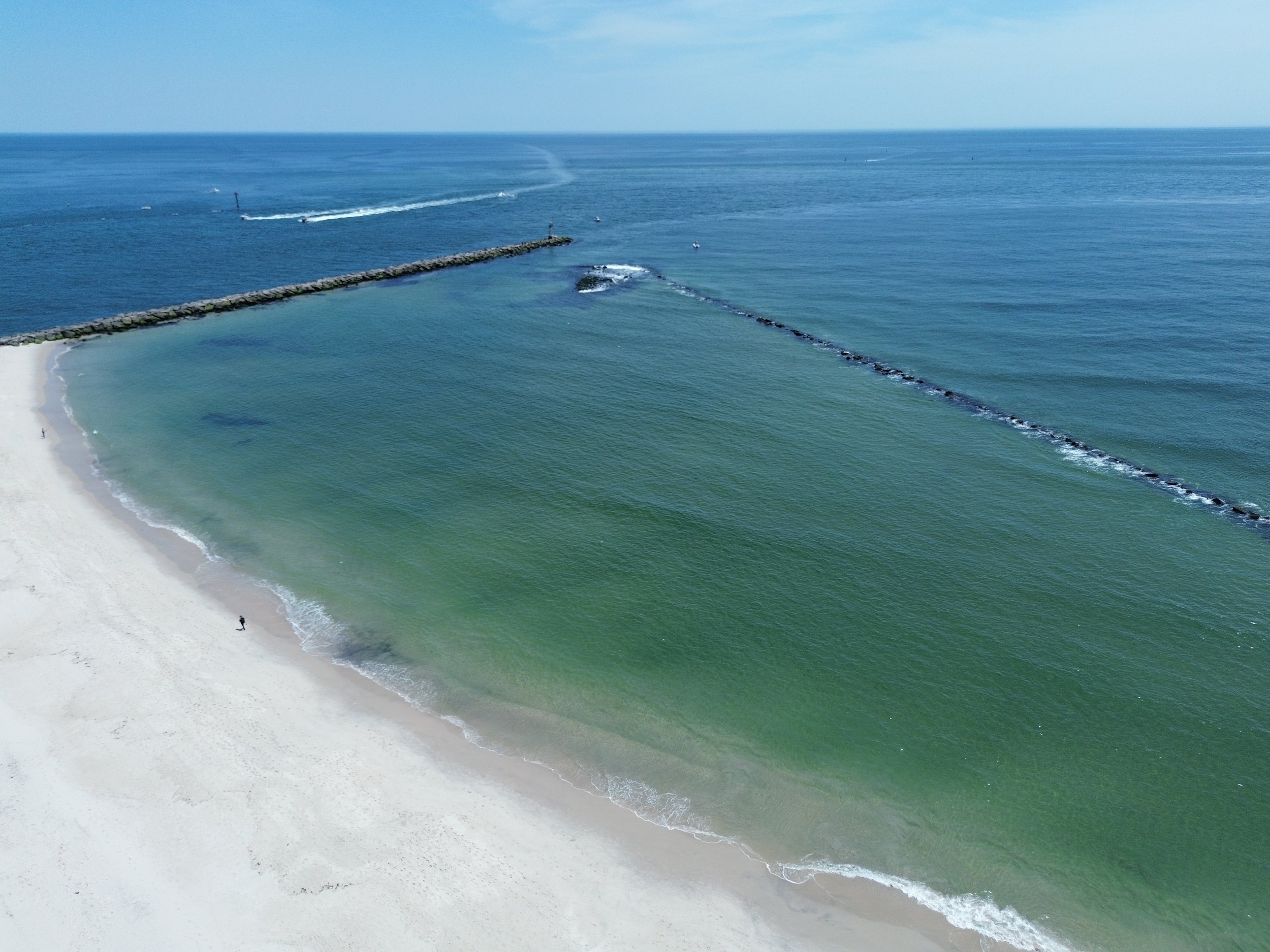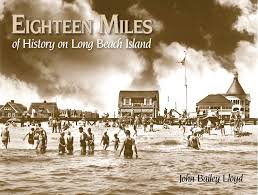
Discover Long Beach Islands rich history, from its early days as a fishing and whaling hub to its transformation into one of New Jersey’s most iconic beach communities.
Long Beach Island History
Long Beach Island may be just 18 miles long, but it holds centuries of rich coastal history. From shipwrecks and surfmen to its rise as a summer destination, LBI has always drawn people who love the water, the land, and the lifestyle in between.
Early Days and Maritime Roots
Before development began, the island was a rugged barrier strip known for its shifting sandbars and treacherous currents. Native American tribes like the Lenape visited the area seasonally, fishing and hunting whales.
In the 1800s, LBI became known for its dangerous inlets and heavy maritime traffic. Dozens of shipwrecks occurred just offshore, prompting the creation of U.S. Life-Saving Stations along the coast. These stations, including the one still preserved in Barnegat Light, housed brave surfmen who patrolled the beaches and risked their lives to rescue stranded sailors.
The Rise of the Resort Towns
As the 19th century progressed, wealthy families from Philadelphia and New York began building summer homes and boarding houses in towns like Beach Haven. The arrival of the railroad in 1886 made access easier and spurred growth, turning LBI into a desirable seasonal escape.
Beach Haven emerged as one of the first resort communities, with hotels, amusements, and family-owned shops. Many of the original Victorian homes and buildings still stand today, especially in the Beach Haven Historic District.
The Storms That Shaped the Island
Long Beach Island’s history is also tied to the power of nature. Major storms have reshaped the island more than once, most notably the 1962 Nor’easter, which caused massive flooding and destroyed homes up and down the coast.
Storm recovery spurred stricter building codes and elevated construction that continue to shape how homes are built today. These changes play a key role in insurance requirements, FEMA guidelines, and long-term planning for current and future homeowners.
Modern LBI: A Blend of Tradition and Luxury
Today, Long Beach Island balances historic charm with modern coastal living. Generations of families return each summer, while a growing number of people are investing in second homes, luxury builds, and year-round living.
From the historic lighthouse in Barnegat Light to the lively downtowns of Beach Haven and Surf City, the island has retained its identity, deeply rooted in its past, yet always evolving.
Looking to Buy on LBI?
Understanding Long Beach Island’s history adds depth to your real estate decisions. Whether you're buying near the Historic District, building new in Holgate, or considering an investment property in The Dunes, you’re stepping into a story that’s been unfolding for over 200 years.
Let me know what area of LBI speaks to you, and I’ll help you find a home that fits both your lifestyle and your long-term goals.
Other resources to learn about LBI’s deep history
Look for the book called “Eighteen Miles of history on Long Beach Island.” It’s a staple and is filled with endless stories on how the islands history has evolved.
LBI’s historical association is located in Beach Haven and is a great way to learn in person about the rich and diverse history of Long Beach Island. They aim to provide an inviting and educational experience that explores the unique cultures that have contributed to the heritage of our community.


